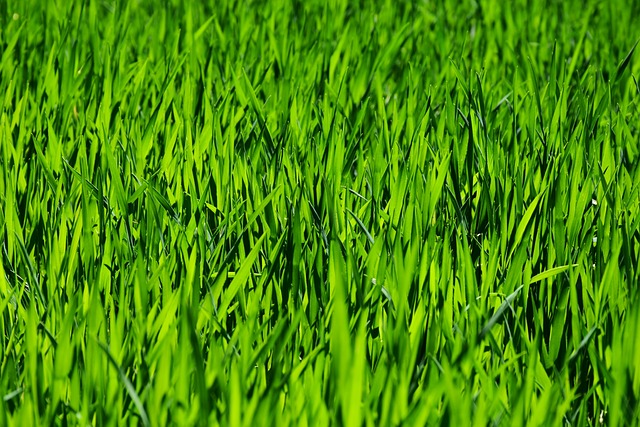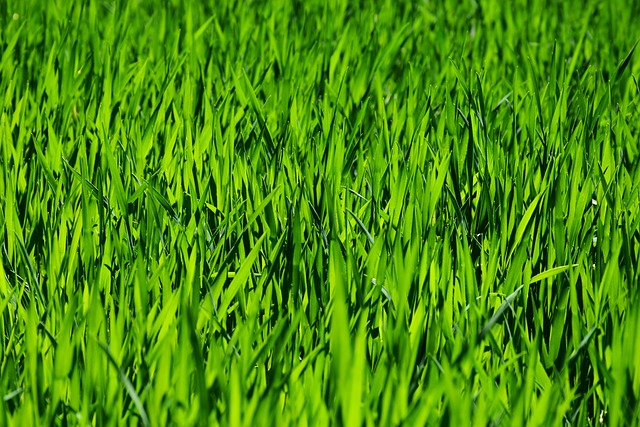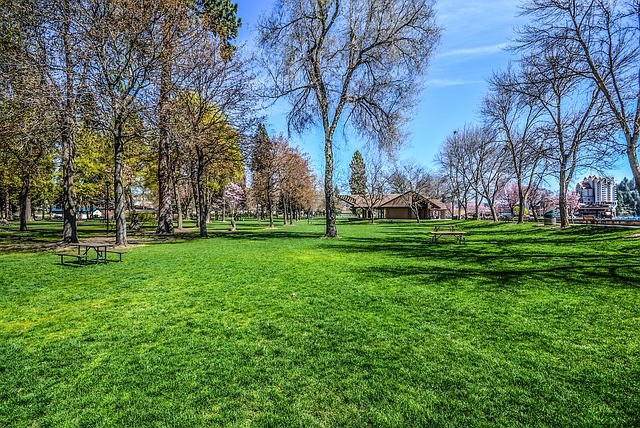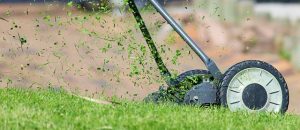Optimizing Your Lawn: Fertilization Strategies & Weed Control Techniques for Lush Landscapes
A superior lawn and landscaped property require meticulous lawn care and strategic landscaping desig…….

A superior lawn and landscaped property require meticulous lawn care and strategic landscaping design. Effective lawn maintenance goes beyond mere mowing and watering; it demands a precise fertilization schedule to ensure the grass is healthy and vibrant. The right balance of nitrogen, phosphorus, and potassium in fertilizers promotes strong root growth, leaf development, and overall plant health. Tailoring this regimen to your local soil and climate conditions is key for maintaining a balanced lawn ecosystem. Expert advice suggests frequent, measured feedings over large, infrequent applications to manage not just the appearance but also the resilience of your turf. This approach helps in suppressing weeds and pests, and fortifies the lawn against diseases and environmental stressors. A comprehensive lawn care strategy, including targeted weed control with both pre-emergent and post-emergent herbicides, is essential to keep the grass healthy and attractive. Integrating this with effective landscaping that complements the lawn, especially in shaded areas, and selecting appropriate grass seeds for local conditions can result in a low-maintenance, diverse, and environmentally friendly outdoor space that boosts your home's curb appeal and overall value. Lawn Care and Landscaping, when approached as complementary practices, offer a holistic solution for creating a thriving outdoor environment.
Expert lawn care and landscaping are integral to cultivating a lush, resilient turf that stands out in any neighborhood. This article delves into the intricacies of lawn fertilization and strategic weed control, providing homeowners with comprehensive strategies to maintain an immaculate lawn. From understanding the fundamentals of fertilization for vibrant turf to exploring organic versus synthetic options, this guide covers essential techniques and the role of soil health. Additionally, it offers insights into integrating landscaping with effective lawn care practices, identifying common weeds, and employing preventative measures. Learn how to tailor your approach to the unique needs of your lawn, and discover tips for seamlessly incorporating lawn maintenance into your overall yard upkeep. Whether you’re a DIY enthusiast or considering professional services, this article equips you with the knowledge to ensure your lawn remains a verdant jewel in your landscape.
- Understanding Lawn Fertilization: Essentials for Vibrant Turf
- Strategic Weed Control: Methods to Maintain a Flawless Lawn
- Integrating Landscaping with Effective Lawn Care Practices
Understanding Lawn Fertilization: Essentials for Vibrant Turf

A lush, green lawn is often a hallmark of well-maintained landscapes, and understanding the essentials of lawn fertilization is key to achieving this vibrant turf. Lawn care involves more than just mowing and watering; it encompasses a strategic approach to feeding the grass to ensure its health and vitality. The type of fertilizer used, its timing, and application method are all critical factors that influence the overall appearance and resilience of your lawn. Nutrients such as nitrogen, phosphorus, and potassium play pivotal roles in fostering strong root development, leaf growth, and overall plant health. To maintain a balanced lawn ecosystem, it’s important to consider the soil type and local climate conditions when planning your fertilization schedule.
Incorporating a tailored lawn care program that aligns with the needs of your specific grass variety is essential for optimal results. Landscaping professionals often recommend a routine of regular, controlled feedings rather than infrequent heavy applications. This approach ensures a consistent supply of nutrients to the grass, which can help prevent the growth of weeds and pests that thrive in nutrient-deficient areas. Additionally, proper fertilization can enhance your lawn’s resilience against diseases and environmental stressors, contributing to its longevity and aesthetic appeal. By adhering to best practices in lawn care and landscaping, homeowners can cultivate a healthy, green lawn that stands as a testament to their dedication to outdoor beauty and environmental stewardship.
Strategic Weed Control: Methods to Maintain a Flawless Lawn

A well-maintained lawn enhances the curb appeal of any property, making lawn care and landscaping a priority for homeowners. Strategic weed control is a cornerstone of effective lawn maintenance, as it ensures that weeds do not overtake and compromise the health and aesthetic value of your turf. To maintain a flawless lawn, it’s crucial to implement targeted weed control measures that address both existing infestations and prevent future occurrences. Pre-emergent herbicides can be applied to the soil surface to inhibit seed germination of weeds. Post-emergent treatments are also vital for treating active weed populations, with selective herbicides designed to eliminate weeds while sparing your lawn’s desirable grass species. Timing is key; applications should be made according to weed life cycles and environmental conditions to maximize efficacy. Additionally, proper mowing techniques and consistent fertilization schedules support a dense and healthy turf that naturally resists weed invasion. Integrating cultural practices such as aeration and overseeding can also enhance lawn vitality, making it more resilient against invasive weeds. By combining these strategies with a proactive approach to lawn care and landscaping, homeowners can effectively manage their lawns, ensuring a lush, green space free from the intrusion of unwanted plants.
Integrating Landscaping with Effective Lawn Care Practices

A well-maintained lawn serves as a harmonious backdrop to any landscaping design, enhancing the aesthetic appeal and property value. Integrating lawn care with effective landscaping practices involves a strategic approach that focuses on both the health of the turf and the visual harmony of the outdoor space. Lawn Care and Landscaping are not mutually exclusive; they complement each other by creating an environment where grass thrives while also supporting the diverse plantings in your garden. A robust lawn care regimen includes regular mowing, aeration, fertilization, and pest management, all of which contribute to a lush, green lawn that can withstand environmental stressors. Additionally, thoughtful landscaping can help mitigate some of the challenges faced in lawn care, such as shaded areas where grass may struggle to receive adequate sunlight. By incorporating shrubs and trees that are appropriate for the local climate and soil conditions, you can cast dappled shade that protects your lawn from harsh midday sun while also adding year-round interest and structure to your outdoor space.
Furthermore, a successful integration of Lawn Care and Landscaping requires an understanding of the specific needs of both the grass and the garden plants. For instance, selecting the right type of grass seed for your soil and climate will ensure that your lawn is resilient and requires less maintenance. Similarly, landscaping elements like mulch and ground covers can help reduce weed pressure, a common concern in lawn care, by suppressing unwanted vegetation naturally. The symbiotic relationship between a healthy lawn and a well-designed landscape not only improves the overall curb appeal but also promotes biodiversity and environmental health. By implementing Lawn Care and Landscaping practices that are sustainable and environmentally friendly, homeowners can create an outdoor living space that is both beautiful and functional.
Effective lawn care and landscaping practices are pivotal in maintaining a lush, green turf that stands out. This article has delved into the nuances of lawn fertilization and strategic weed control, highlighting the importance of tailored approaches to nourish and protect your lawn. By integrating these practices with thoughtful landscaping design, homeowners can achieve a flourishing outdoor space that is both aesthetically pleasing and ecologically sound. Remember, consistent attention to your lawn’s nutritional needs and proactive management against weeds are key components of successful lawn care and landscaping.







